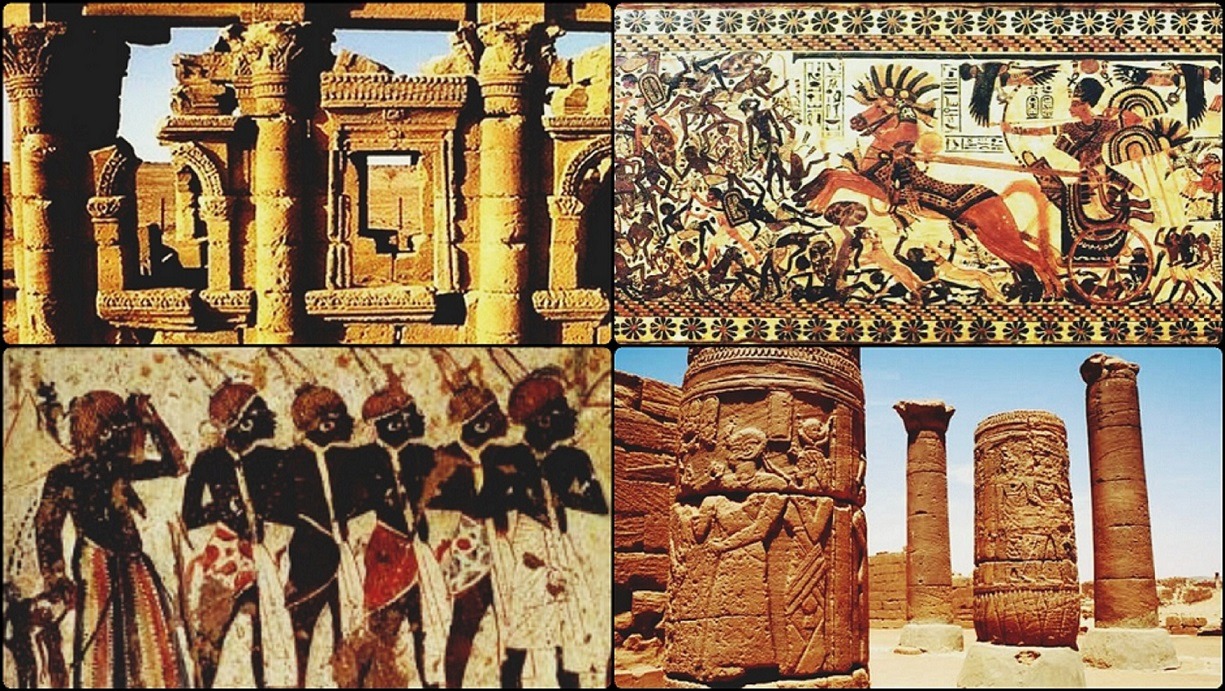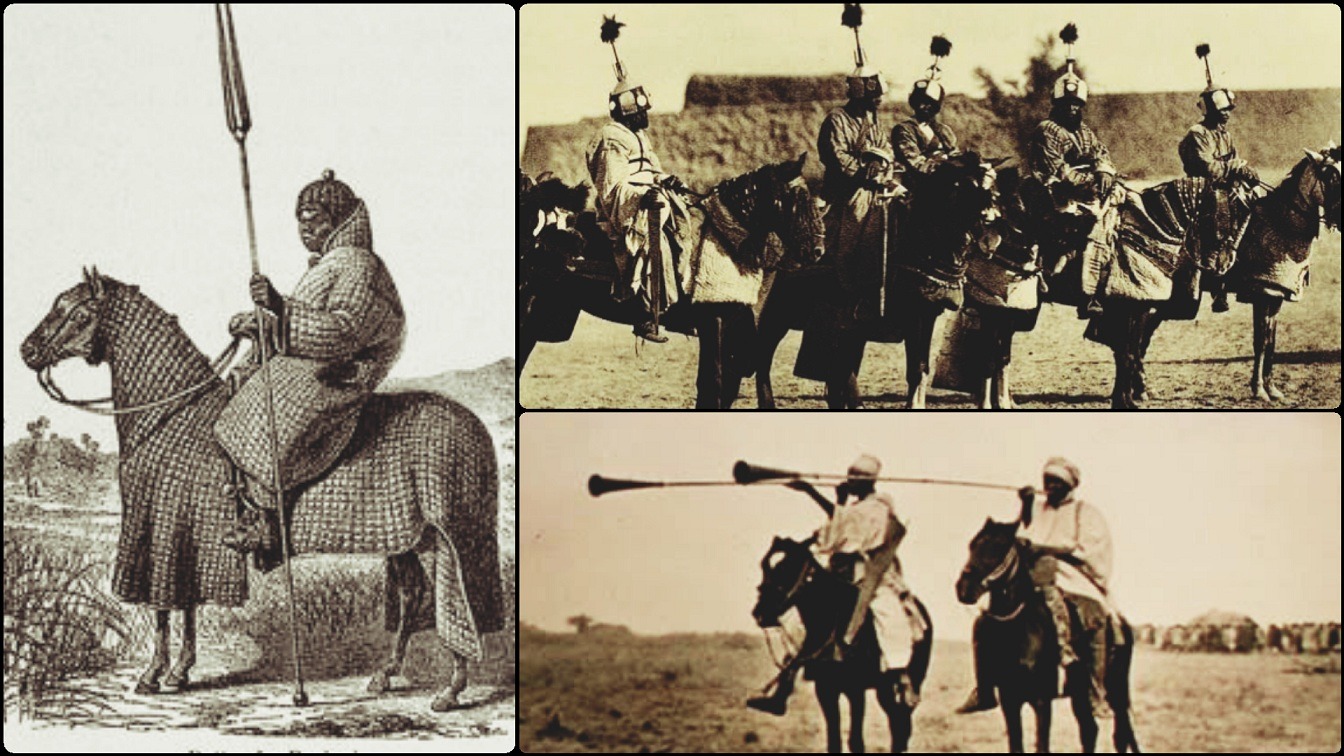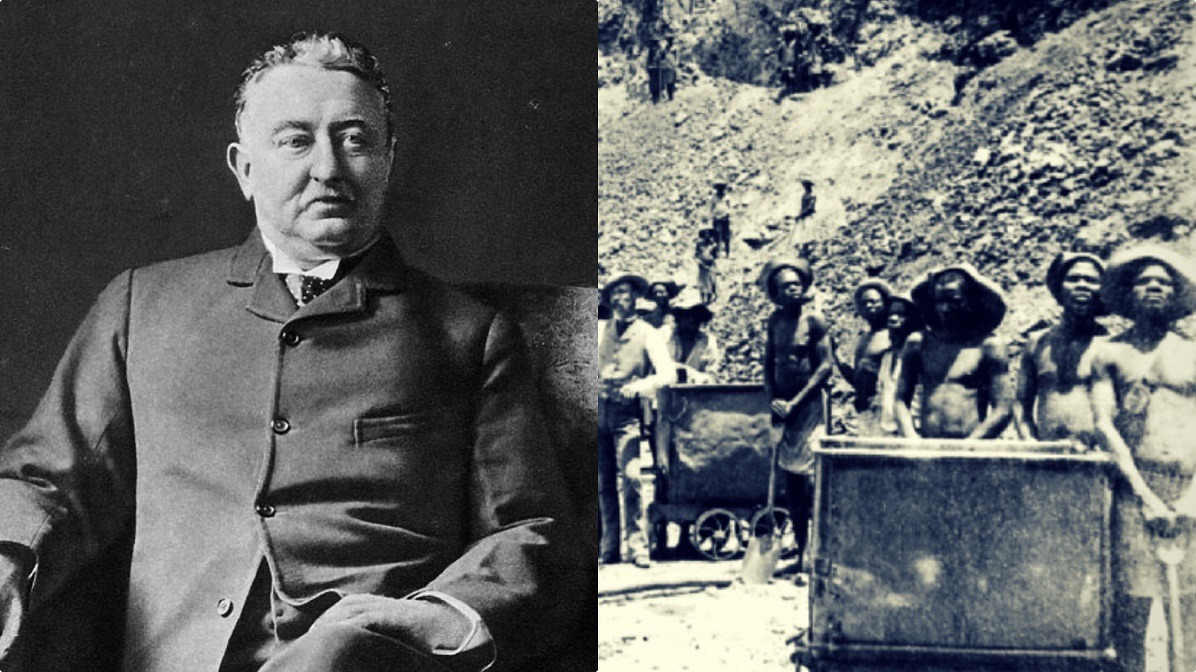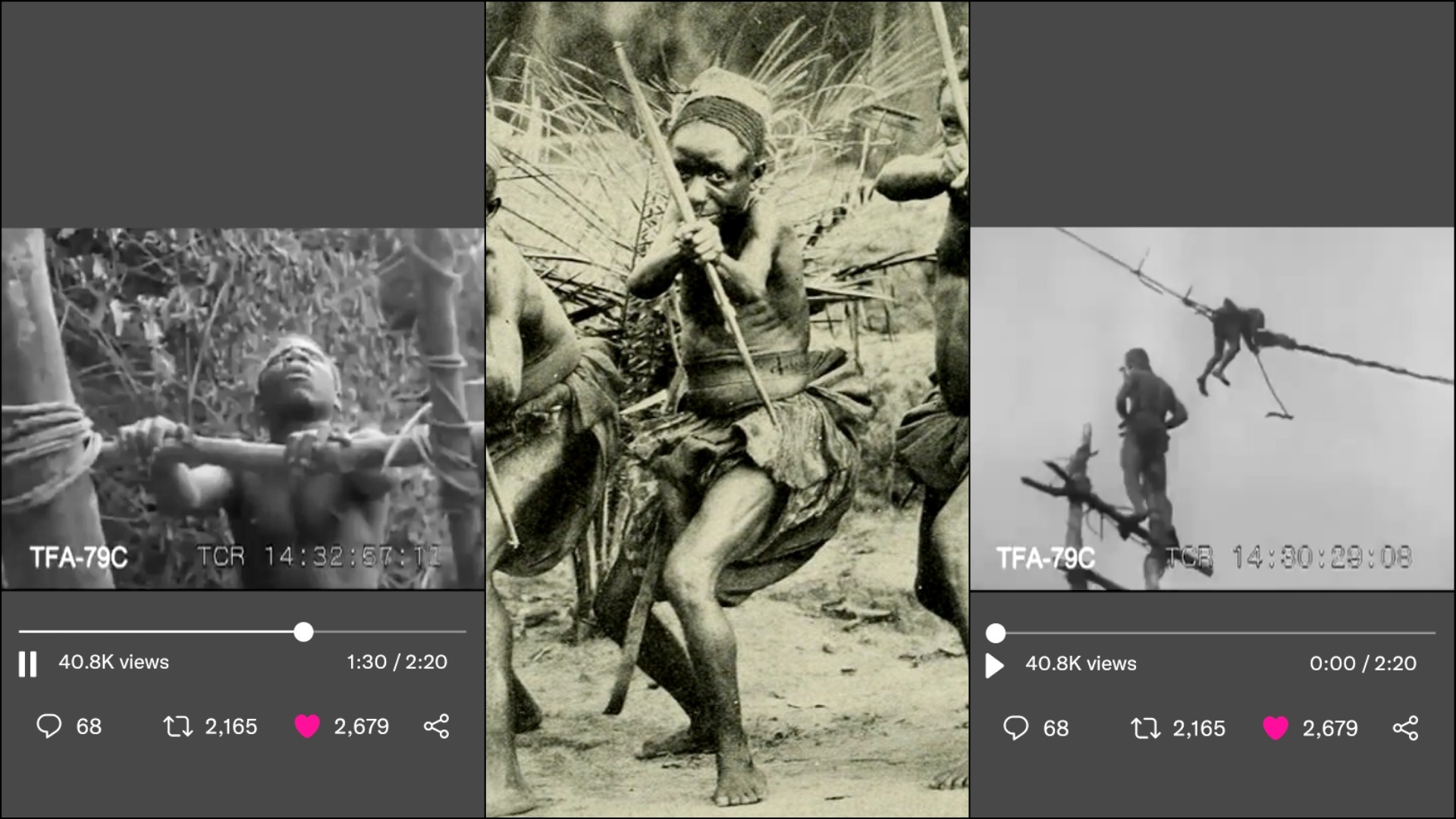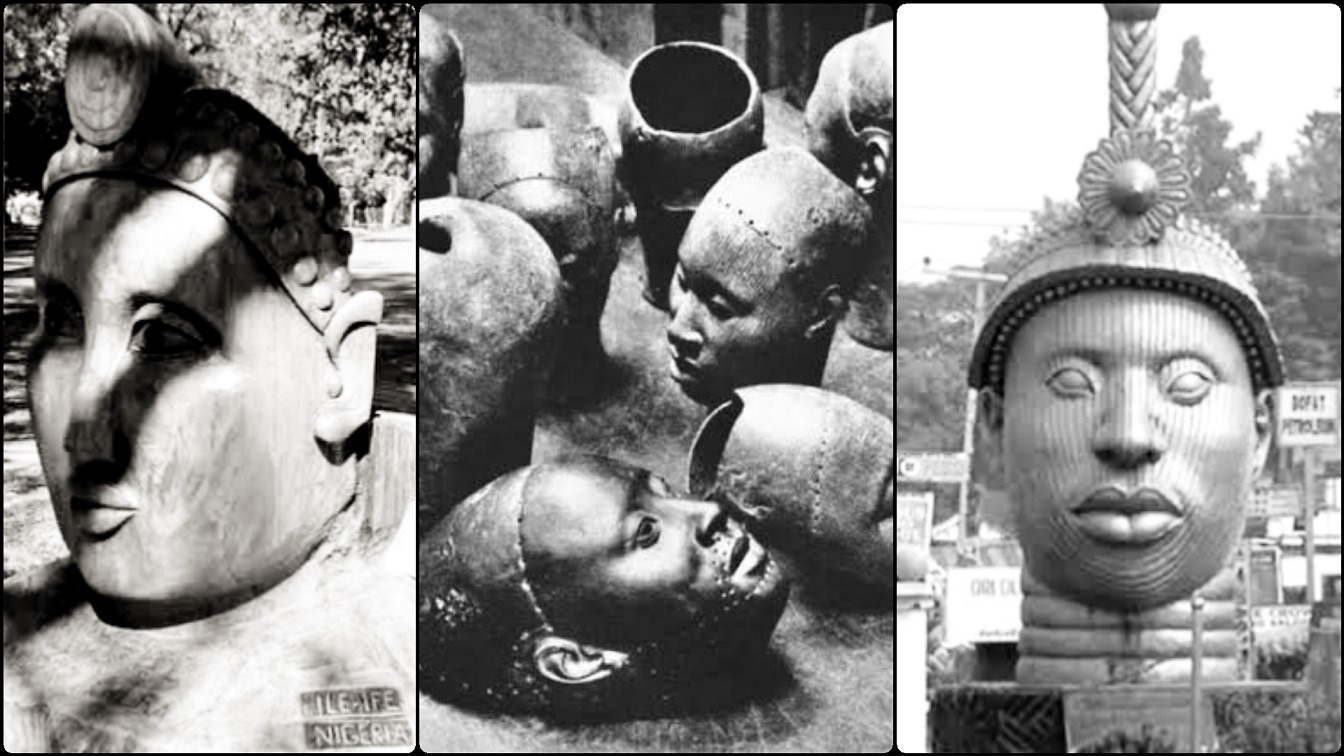Archaeological findings and historical documents have indicated that the ancient city of Meroe was the capital of the kingdom of Kush, which is now in present-day Sudan.
Kush was a northern African kingdom whose influence spread between c. 1069 BCE and 350 CE. Although the wider region around Kush, which was later called Nubia, was inhabited as far back as c. 8,000 BCE, the kingdom of Kush was to rise later. Findings have also suggested that even though early Egyptians and the Kushite were in contact as early as c. 3150 – c. 2613 BCE during the Early Dynasty Period of Egypt, the Kushite civilization probably evolved from this early cultural contact and was heavily influenced by the Egyptians.
Rich in gold, Kush was the main source of this precious commodity to the Egyptians, and it is widely believed that the later name, Nubia, was derived from the Egyptian word for gold, ‘nub’. Because of the vast wealth of the Kushite kingdom, it soon ruled over Egypt and dominated its politics, with its kings ruling over Egypt.
Egypt’s weakness was a plus for Kush, and around c. 1069 BCE, Kushite kings reigned without any form of reference to Egyptian monarchs or policies. As the kingdom grew steadily, it got to the point where it could take whatever it wanted from Egypt without having to defer to Egyptian kings. With time, they became overlords in Egypt, but not to conquer, but to preserve Egyptian culture and heritage.
The Great City of Meroe
After the 25th Dynasty ended with Tantamani, he was replaced with a puppet king called Necho 1. His son, Psammetcus 1, otherwise known as Psamtik 1, c. 665-610 BCE, brought an end to Assyrian rule and established the 26th Dynasty of Egypt. Psammeticus and his successor, Necho 11 ruled with great success. Still, Psammeticus 11, Necho 11’s successor, led an expedition against Kush destroying towns, temples, monuments, stele, and finally the capital city of Napata before he ended the campaign out of boredom and returned to Egypt.
During this time, roughly around c. 590 BCE, the capital city of the Kushite kingdom moved further south to the town of Meroe for safety reasons. There, the rulers of Meroe continued to emulate Egyptian customs and sense of fashion, also following Egyptian policies and religious rituals until the reign f King Arkamani.
According to historian DIodorus Sirculus (1st century BCE, Arkamani 1 had some education in Greek philosophy and resisted being controlled by the superstitions of the priests. He, therefore, led a band of men to the temple, annihilated all the priests, and ended their dominion over the monarchy. In their place, he now instituted a new policy and practice which included abandoning Egyptian cultural practices and replacing them with Kushite practices.
For instance, Arkamani replaced Egyptian hieroglyphic script with Meroitic, which, to date, has not been deciphered. He also changed the fashion sense from the formerly Egyptian style to a distinctly Meroitic one and Egyptian gods assimilated into Kushite ones such as Aperdemak. Burial customs were also changed, with royalty henceforth buried in Meroe, instead of Napata, where they were traditionally interred.
Thus Meroe, on the banks of the Nile, became the capital of the Kingdom of Kush. An agricultural and industrial hub, it acquired much wealth through its ironwork and trade. Agricultural outputs such as grains and cereals were exported along with iron weapons and tools, while plenteous livestock roamed the city
Meroe became so wealthy that it became legendary and King Cambyses 11 of Persia (525-522) is said to have even launched an unsuccessful expedition to plunder. If the said expedition was ever launched, it’s likely it never reached the city, as legend has it that Cambyses 11’s army was defeated by the treacherous and inhospitable terrain they crossed and the weather.
However, in c. 330 CE, the Axumites invaded and sacked Meroe. Even though the city will continue to survive for the next 20 years, it was effectively destroyed. Even without the invasion, Meroe was already doomed and would have imploded. For one, the iron industry demanded a massive amount of wood to create charcoal and fuel the furnaces for the iron smelting. This high demand resulted in a large swathe of the city suffering from deforestation. Also, due to its numerous livestock, the fields around the city were heavily overgrazed and overused for crops, depleting the soil.
Before the arrival of the Axumites, Meroe was already in decline and was on the verge of abandonment anyway. By the time the last of the people walked away from the city around c. 350 CE, the once prosperous and wealthy Kingdom of Kush has effectively come to an end.
